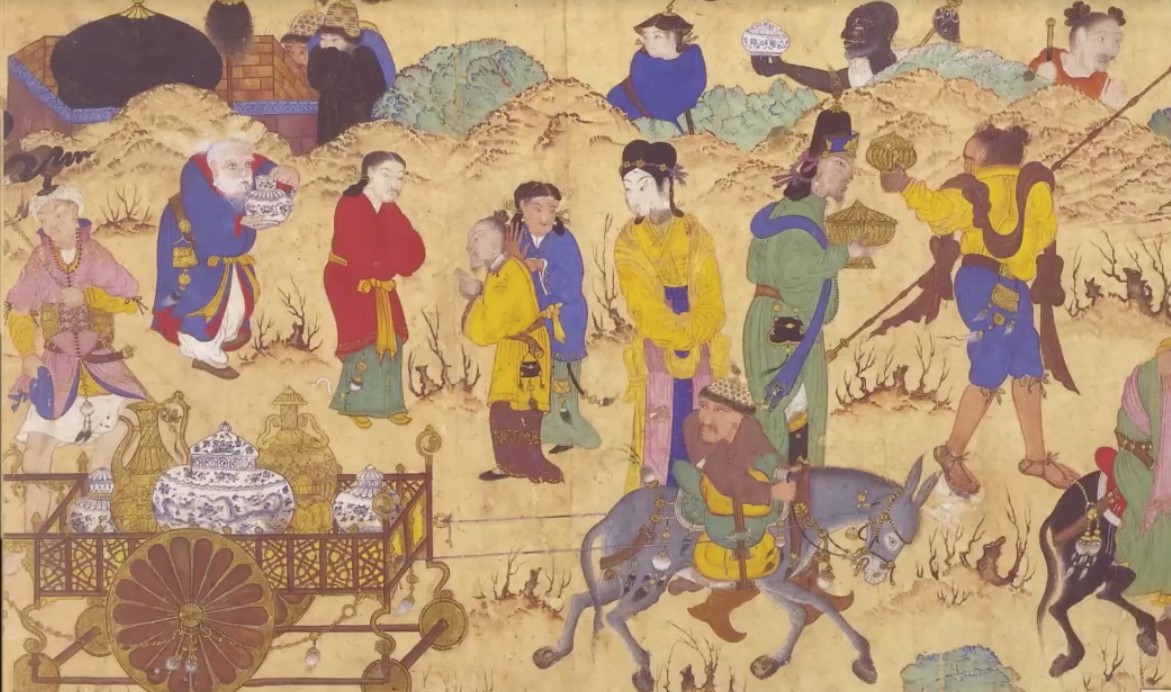
This course is a comparative overview of the artistic production and cultural practices of three Empires in the Early Modern era: namely, the Ottomans in the Mediterranean, the Safavids in Iran, and the Mughals in India. They shared a Persianate visual and architectonic culture rooted in Ilkhanid and Timurid‐Turkmen precedents and their legacies were influential in the emergence of modern nation states. In this course we will consider the context of this inter-regionality across Eurasia and how it was cultivated in each empire into a recognizable expression. In the early modern period, which is characterized by greater mobility, heightened diplomacy, and increasingly vibrant trade relations, these Islamic empires saw a new consumer culture, gift economy, monumentality in architecture, and urban scale design projects, as well as generally a more specific knowledge production concerning art and architecture. We will look at and contextualize a range of art forms, including arts of the book, ceramics, textiles, and other portable objects, but our focus will be architecture, landscape, and urban design.
- Izvođač: Zeynep Oguz Kursar